DUBAI AIRSHOW 2021 - Dubai Al Maktoum International Airport / UAE
Update: 2022/04/09 by Shawn Clish / CHK6
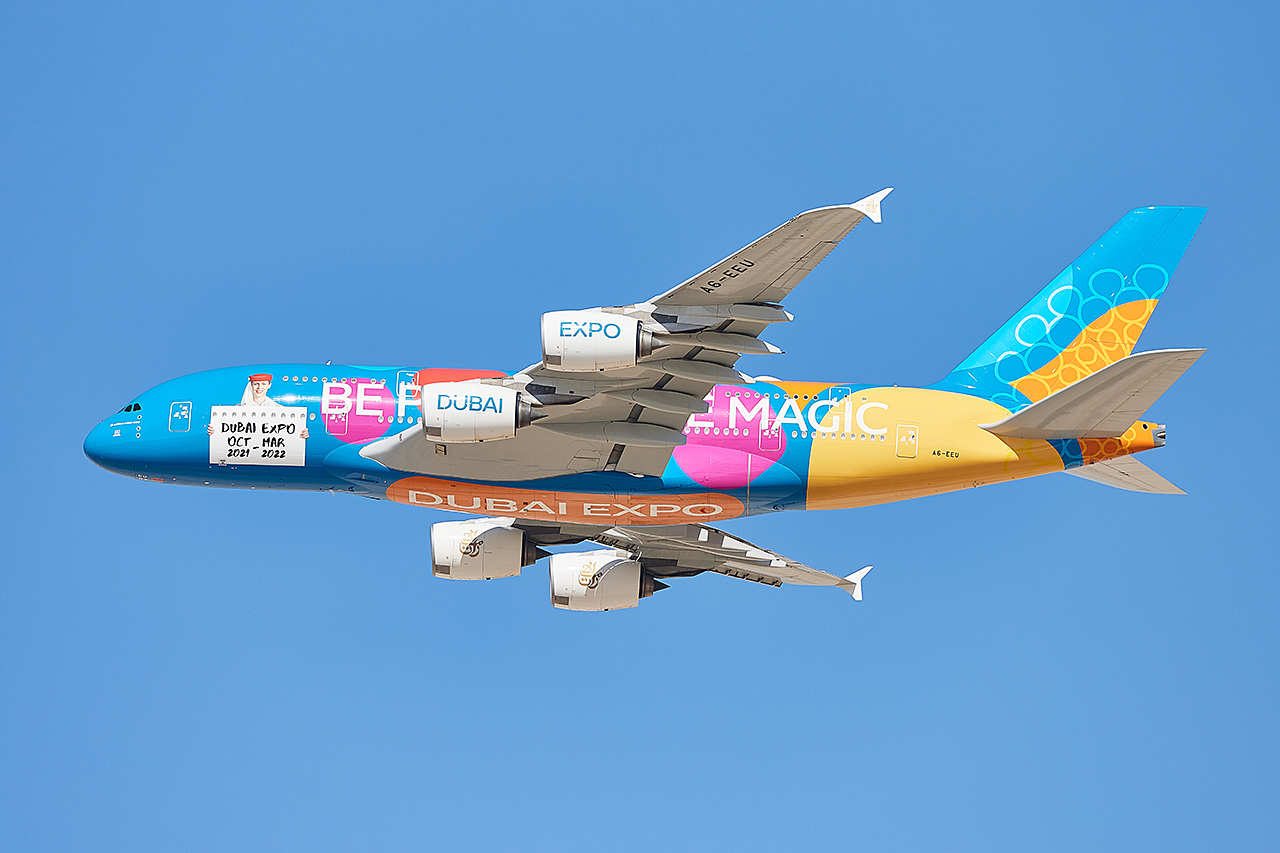
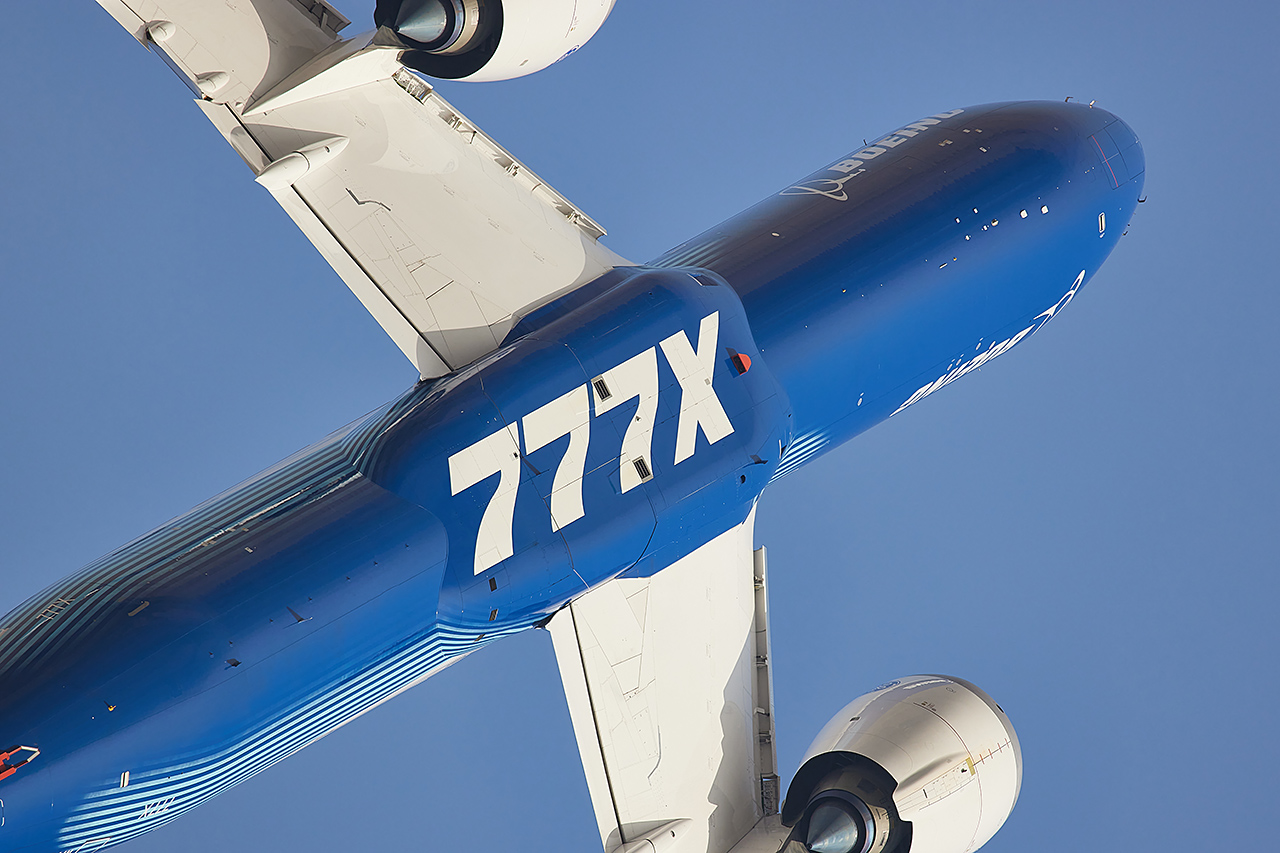
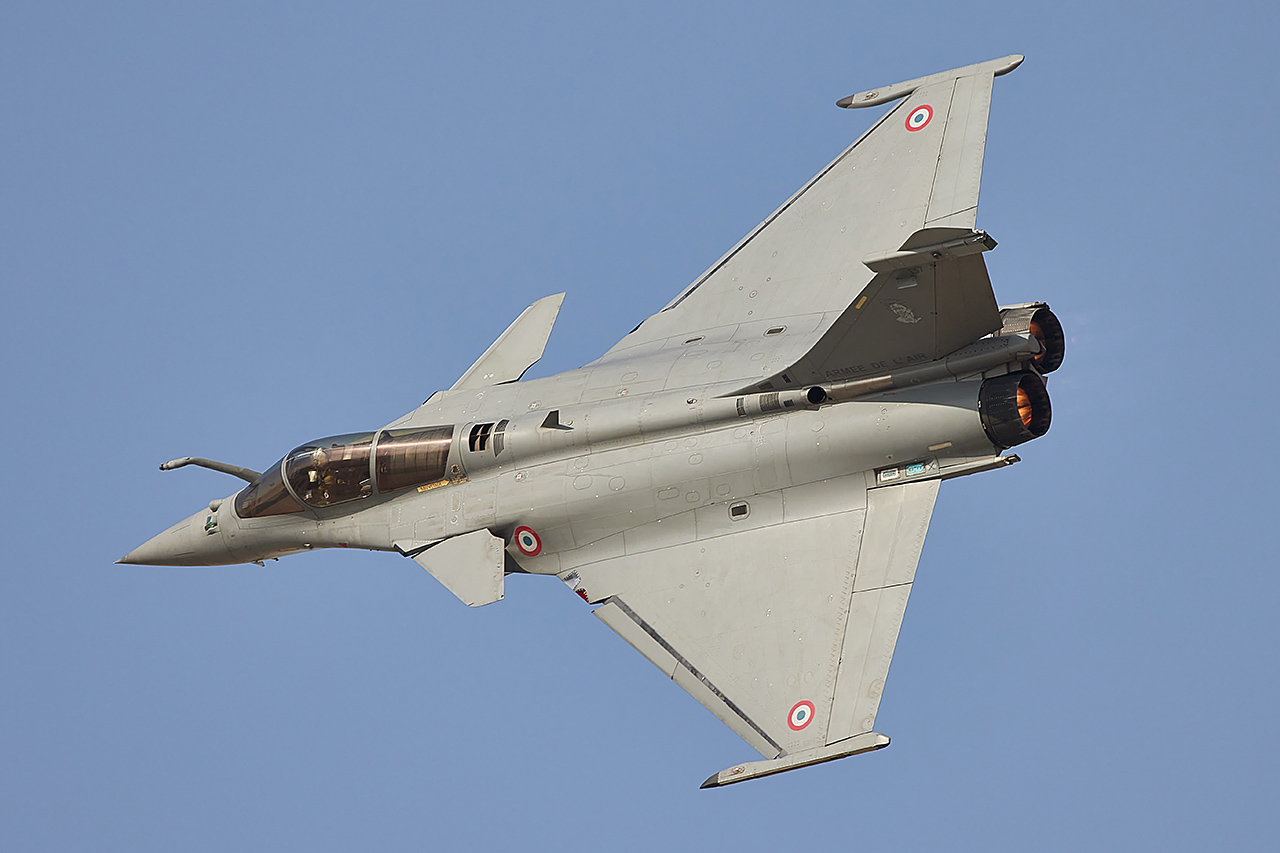
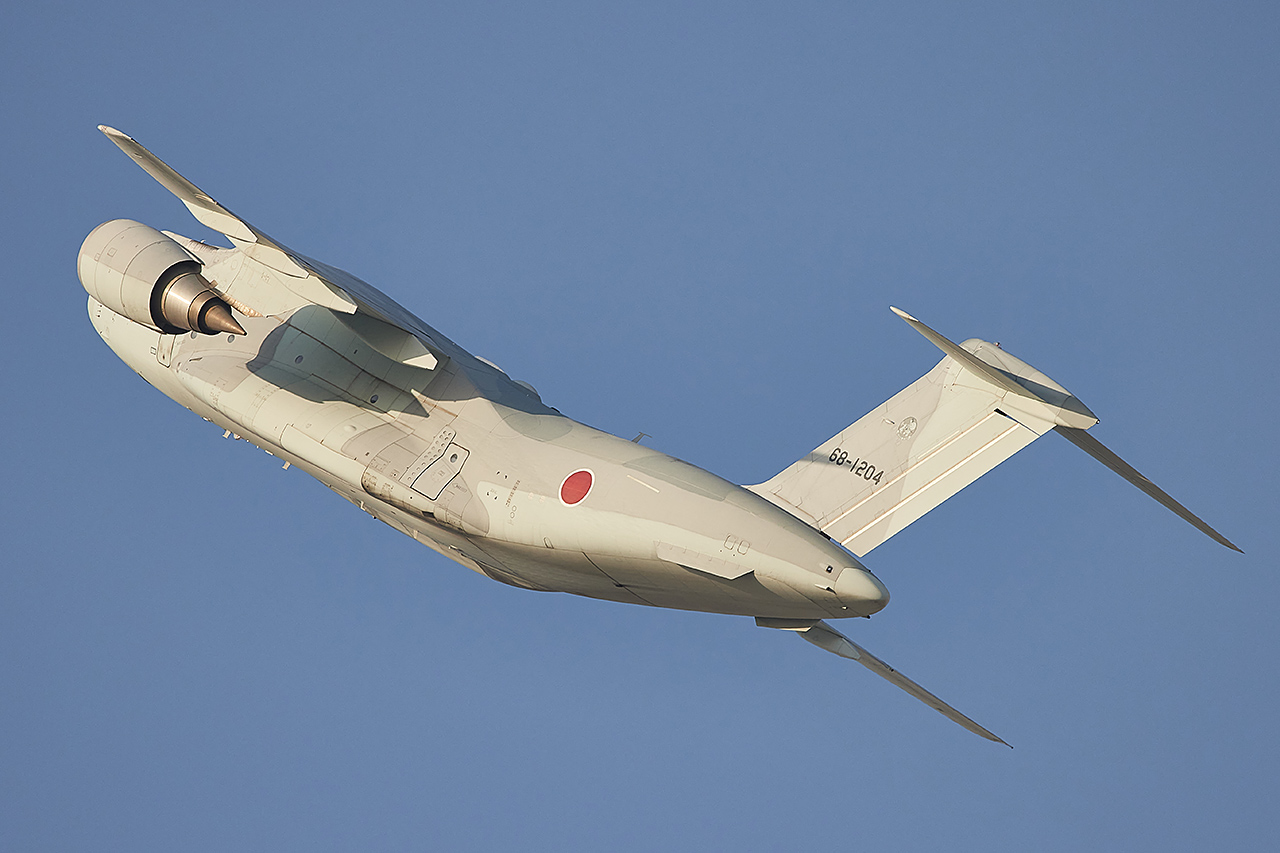
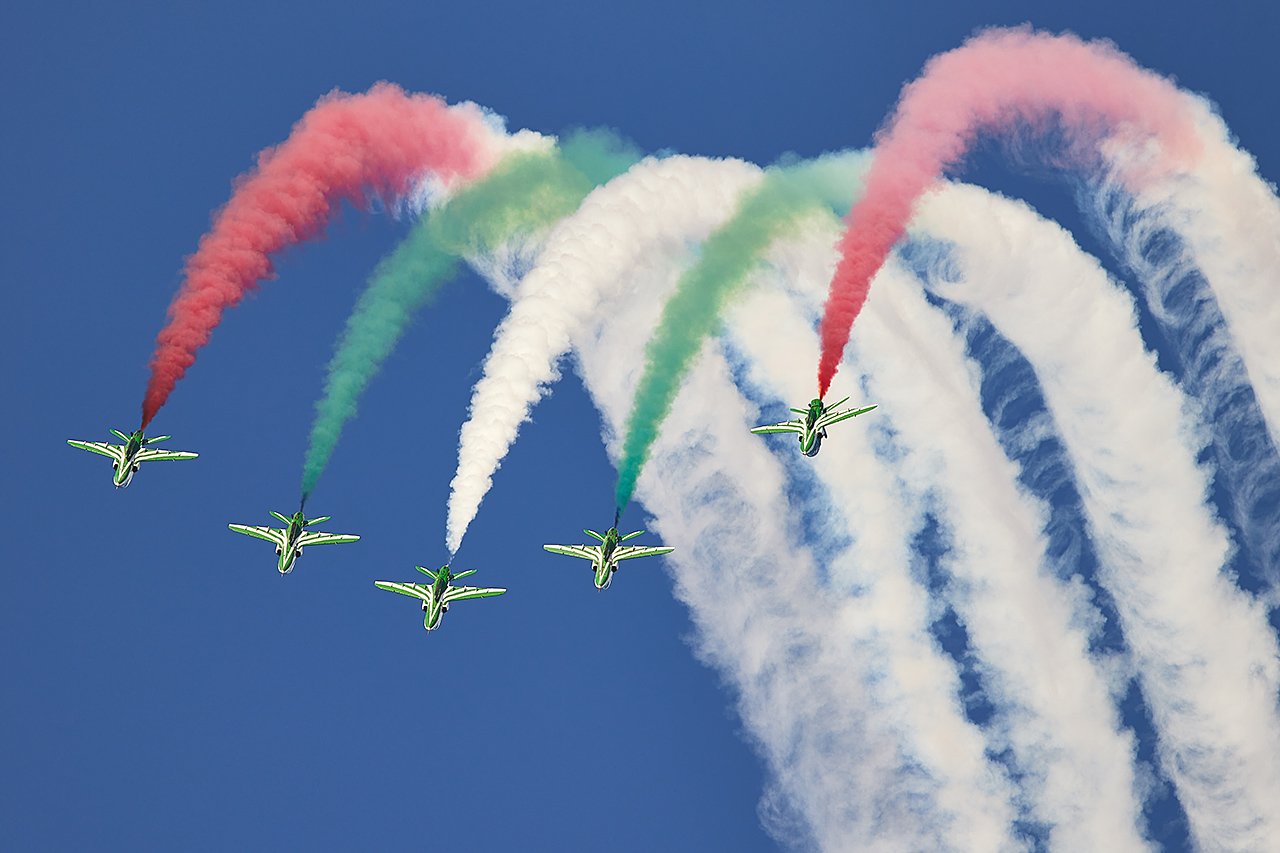
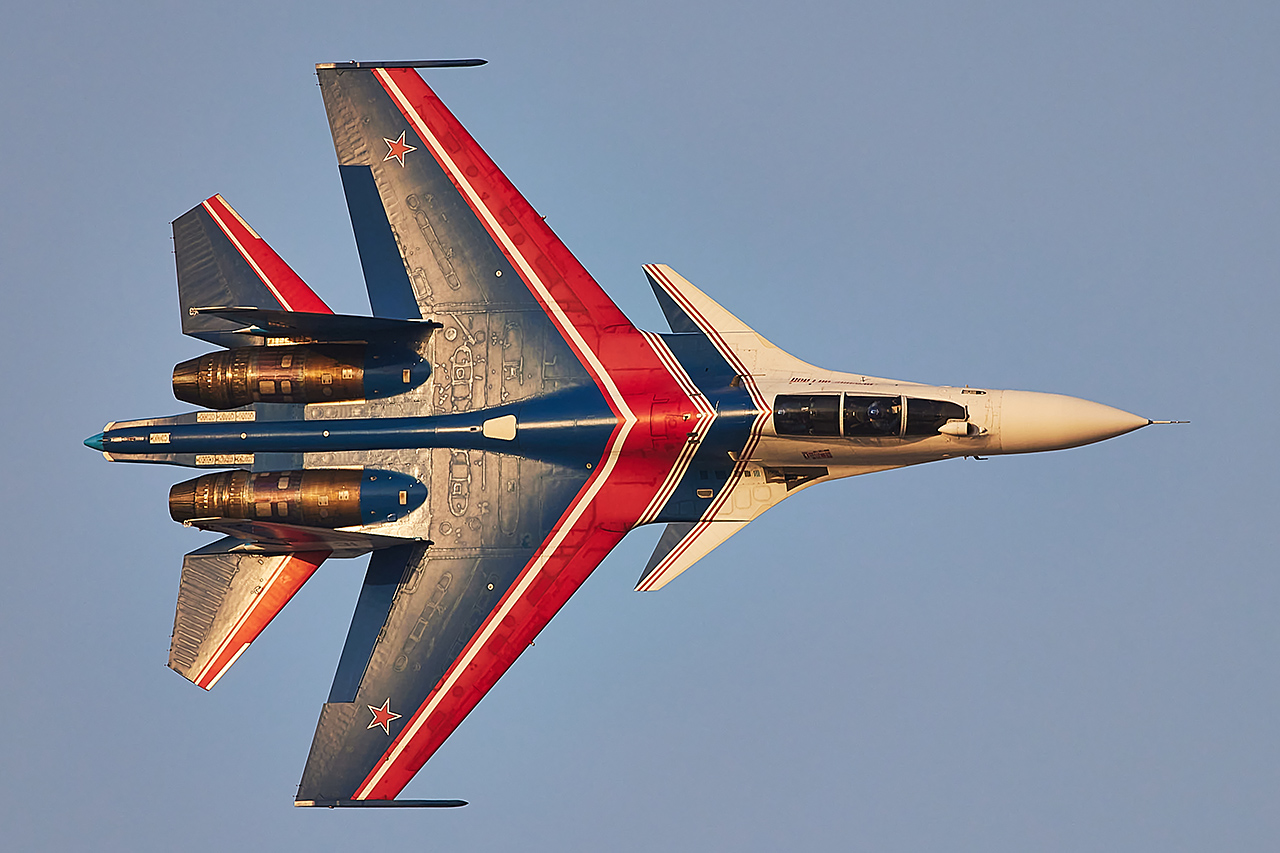
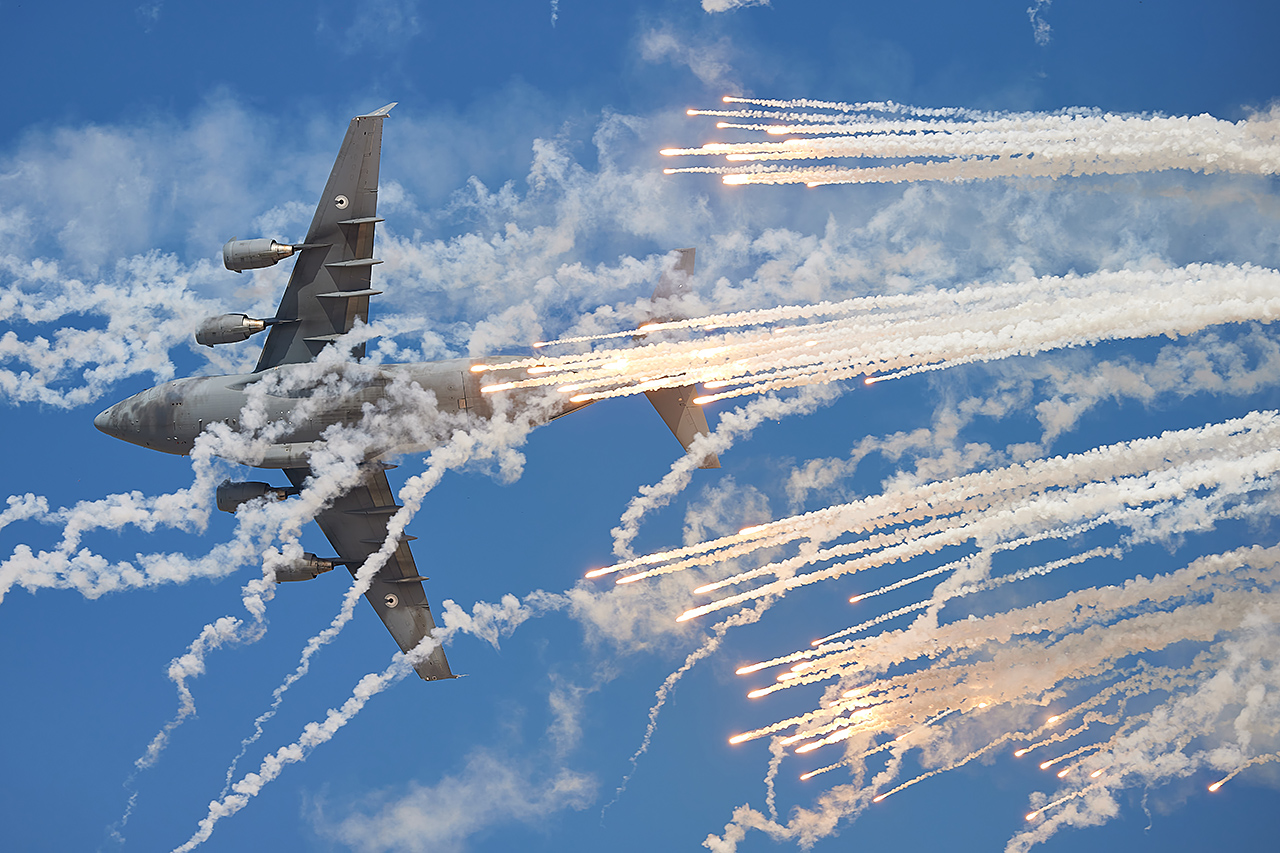
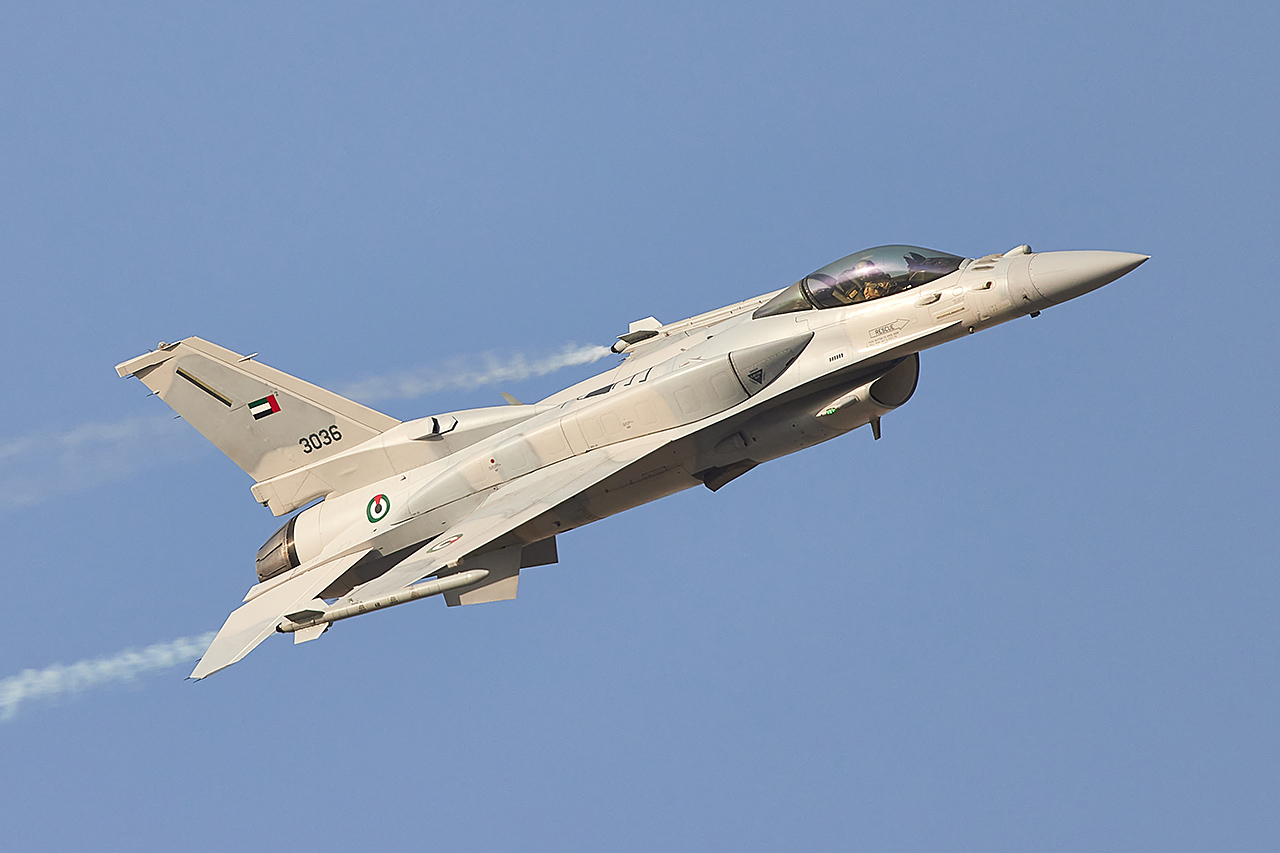
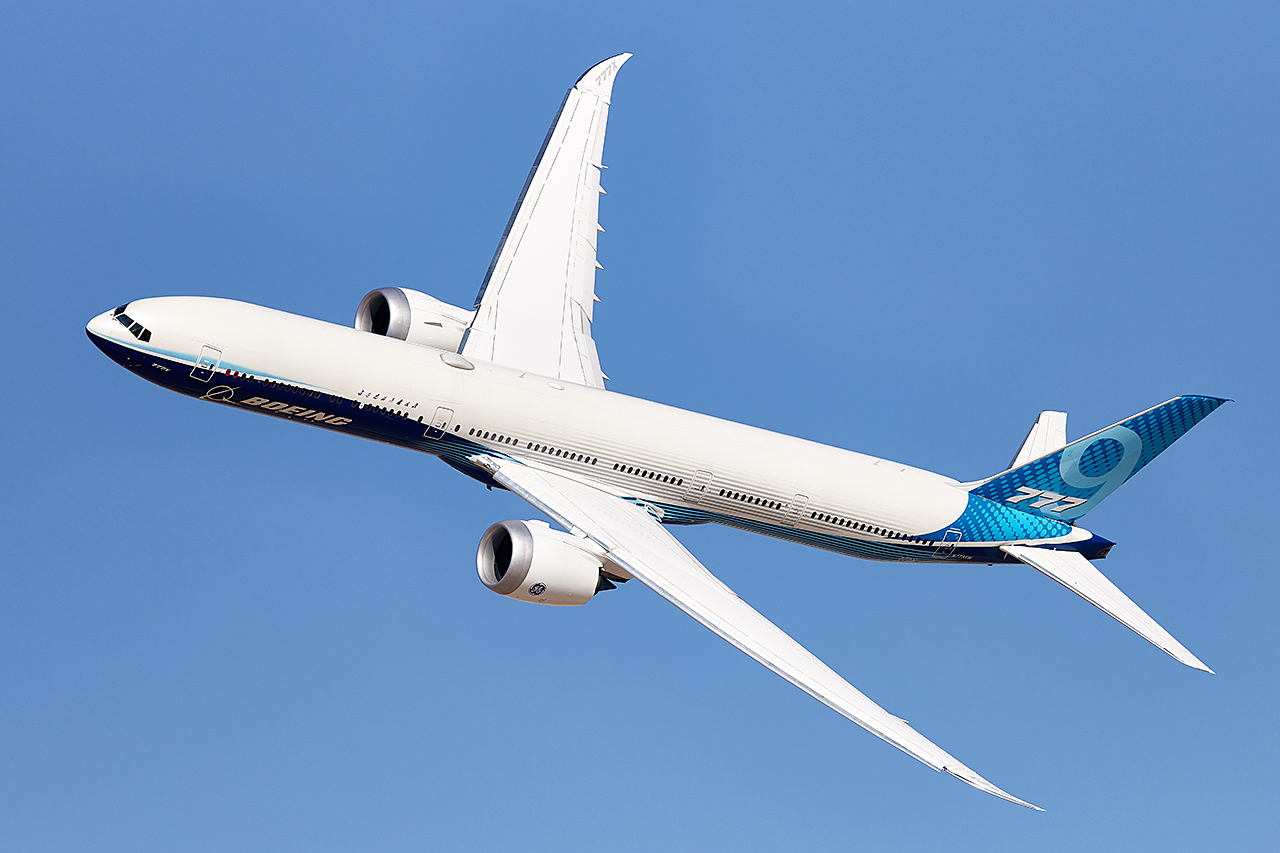
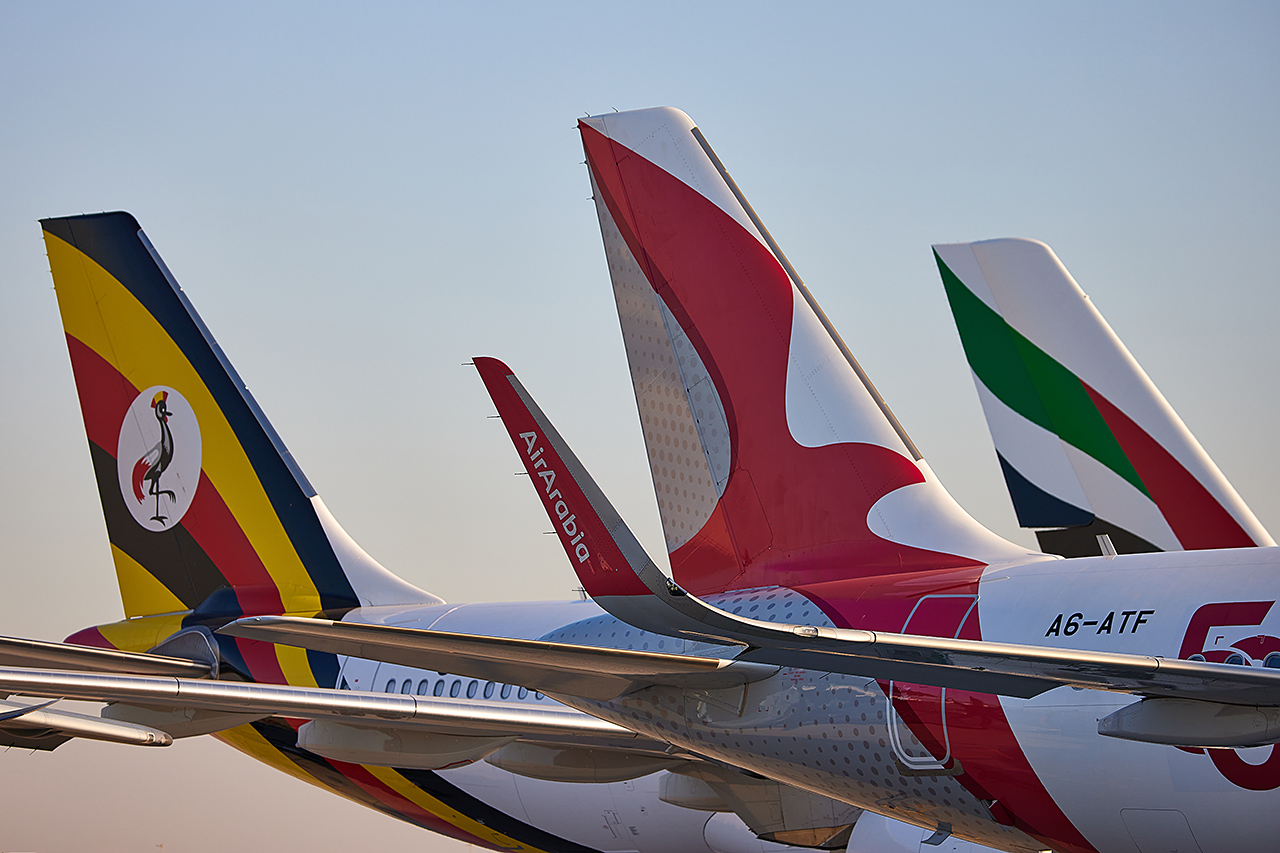
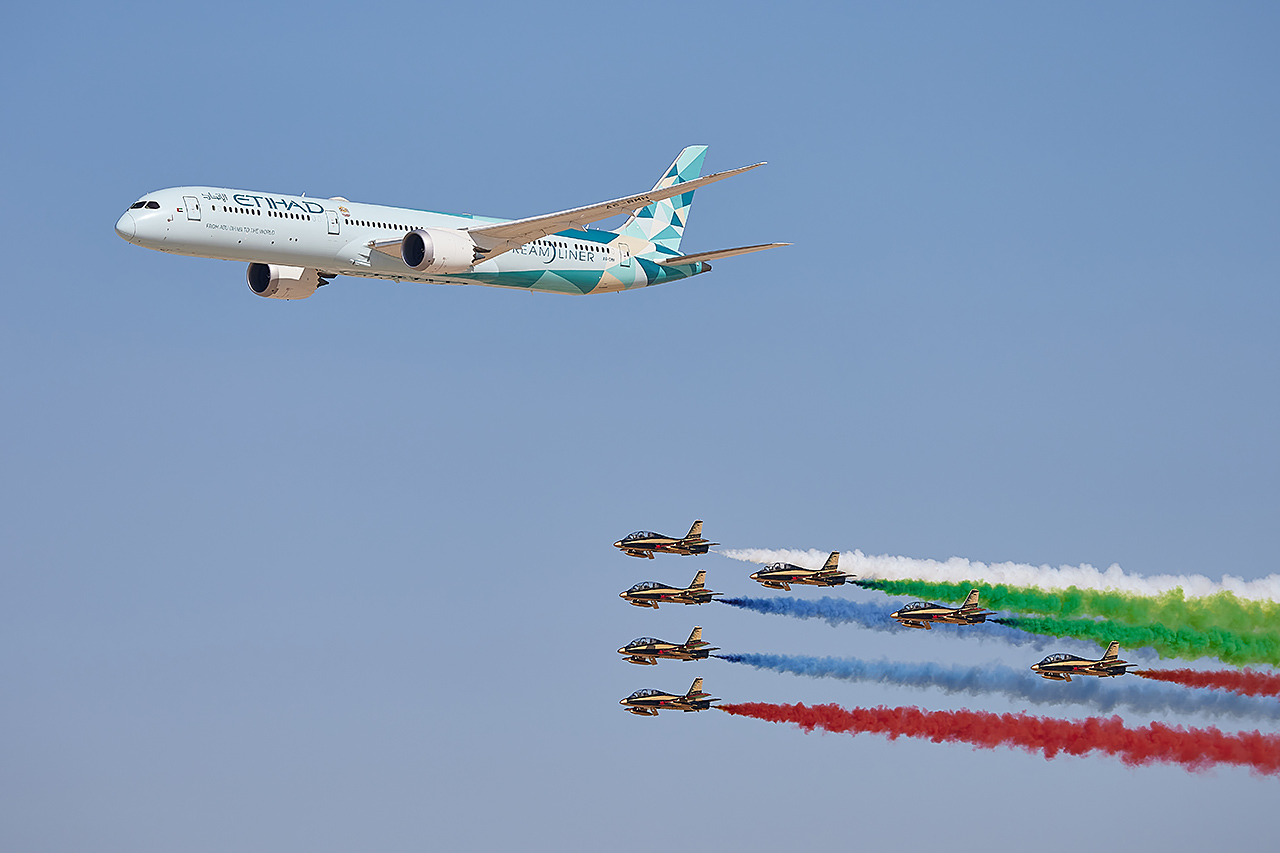
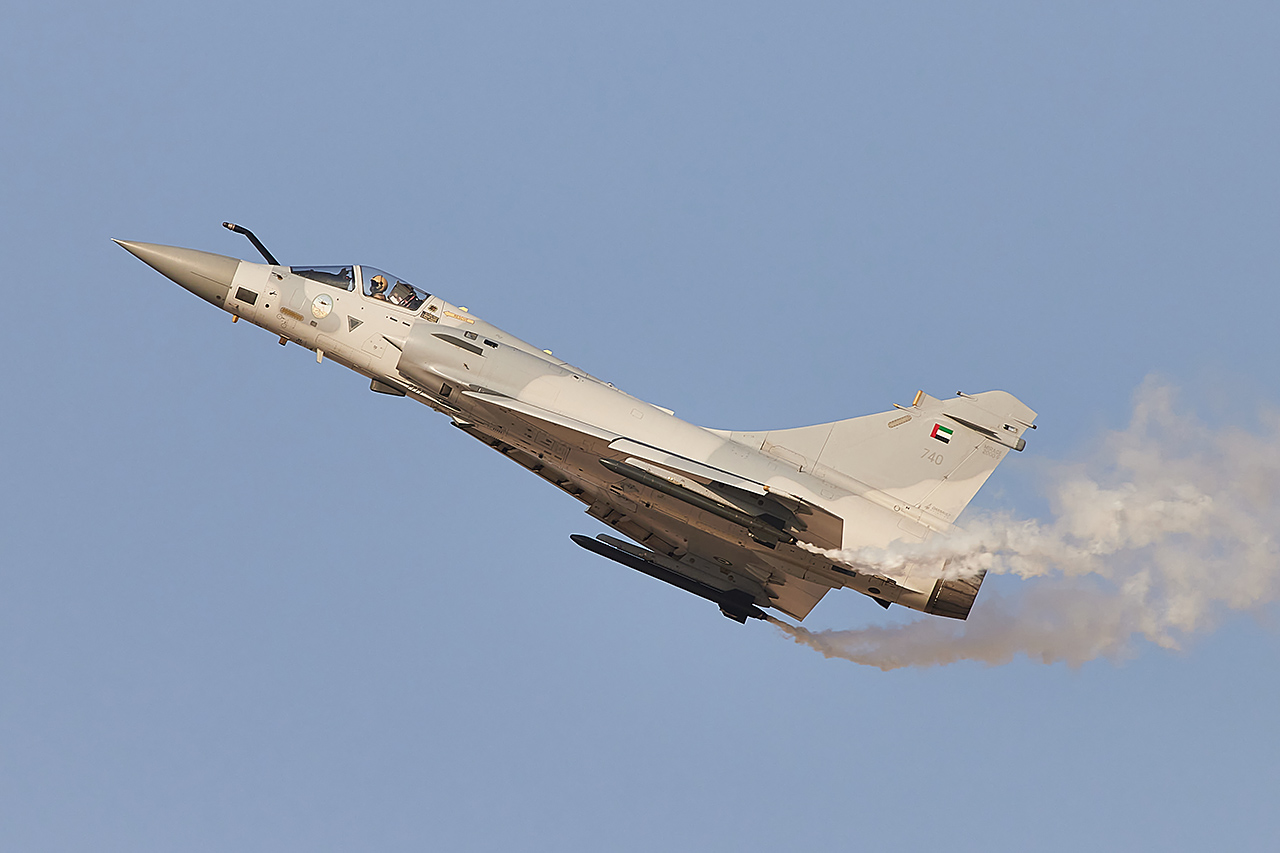
The Dubai Airshow has grown significantly since the very modest first show in 1989 and is now one of the preeminent events on the aviation calendar. 120,000 visitors walked through the doors of this year’s event which is closed to the public to create a global aviation marketplace for the 1200 exhibitors in attendance. Industry giants like Lockheed Martin, Airbus, Dassault and the United Aircraft Corporation (Sukhoi) were some of the companies in attendance representing 148 countries. There were 13 countries that attended for the first time, including Israeli companies Israel Aerospace Industries and Rafael Advanced Defense Systems that showcased a variety of unmanned aerial vehicles.
I had never been to Dubai before and made a point to fly to the country on an Emirates Airbus A380 to start my journey off with the appropriate flavour. While the flight was quite full, meaning hundreds of people joining me in the lower level economy seating, I was quite happy to have flown on the world’s largest airliner with the airline that operates the largest fleet of these impressive aircraft.
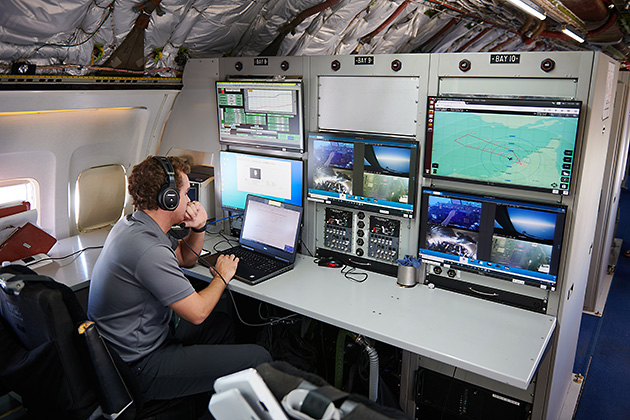
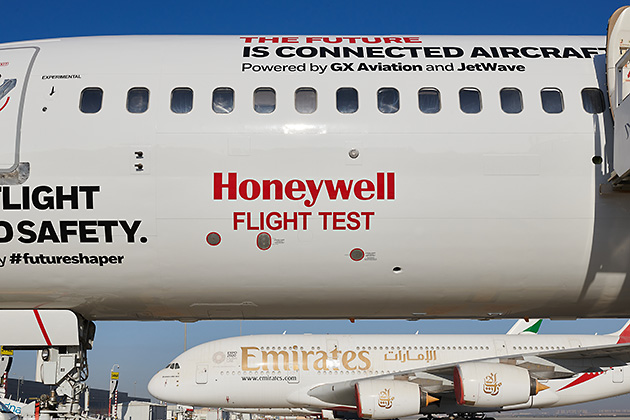
Before the gates opened on the first day, I was able to participate in the Honeywell demonstration flight. Honeywell was continuing their global tour with a stop in Dubai at the airshow to showcase their JetWave MCX and Aspire communications systems. I had seen the impressive Honeywell Boeing 757 test aircraft parked on the north side of the Phoenix Sky Harbor Airport (KPHX) many times, and I was quite excited to participate in this exclusive opportunity. Honeywell’s goal of a Connected Battlespace would allow a single aircraft type, such as the Lockheed Martin MC-130J Commando II, to be able to streamline the processing and communication of the vast amounts of data that are available these days. The ability to collect and distribute large amounts of real-time data across a variety of missions would enable users to experience multi-role mission success. The flight was exceptional, as we were treated to an impressive demonstration of the capabilities of the JetWave MCX, including simulating battlefield redundancy in a high-threat environment, and the opportunity to fly over Dubai which provided stunning views of the incredible Palm Islands.
The jet arrived in Dubai a few days ahead of the show after a 15-hour direct flight from its home base at Seattle’s Boeing Field.
S. Clish
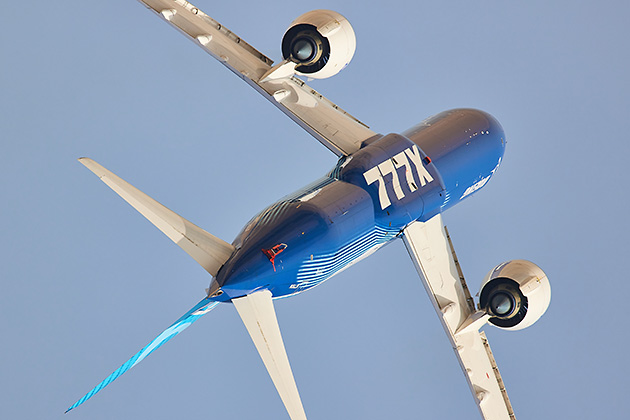
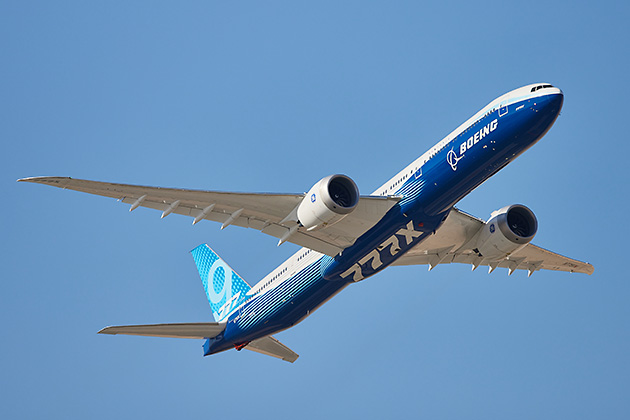
One of the major highlights of the Dubai Airshow was the international debut of the Boeing 777X. The jet arrived in Dubai a few days ahead of the show after a 15-hour direct flight from its home base at Seattle’s Boeing Field. The 777-9 will be the world’s largest and most efficient twin-engine jet, delivering 10% better fuel use, emissions and operating costs. This is partly thanks to its unusual folding wingtips that provide 22 feet of extra wingspan in the air while allowing the aircraft to remain in the Group V categorization on the ground. Without this ingenuous option, the wingspan of the 777-9 would have resulted in the jet being categorized as a Group VI jet, the same as the Airbus A380, and would have limited the airports that could handle it. There are currently 351 orders from eight airlines with the delivery of the first aircraft expected at the end of 2023. The Boeing team flew exceptional flying displays in front of Emirates, the largest customer of the jet, during the first three afternoon flying programs. They departed on the morning of Wednesday, November 17 for Doha, Qatar so that Qatar Airways, the second-largest customer of the jet with 60 aircraft on order, could take a look at its future flagship.
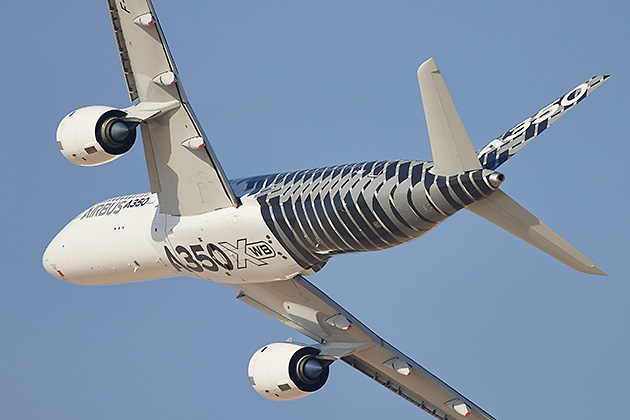
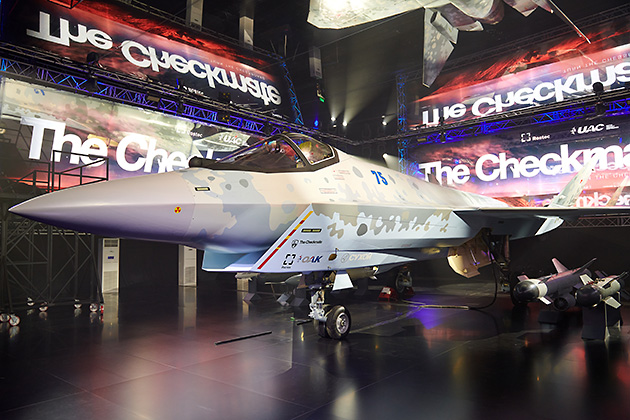
The Airbus A350 is the direct competitor of the 777X and it was also on display at the Dubai Airshow. Airbus flew their XWB (A350-900) jet three times as well, while the static display included an Etihad A350-1000. I have a bias towards Airbus but must admit the routine performed by the 777X was superior to that of the A350. However, Airbus left Dubai in far better position on their balance sheet, as they signed 408 orders (220 in 2019), while Boeing only signed 101 (97 in 2019) with zero for the 777X. Competition was also evident among fifth-generation single engine stealth fighters as Lockheed Martin presented the F-35 LIGHTNING II while the Sukhoi Su-75 CHECKMATE made its international debut. The fact that the Su-75 was a mock-up was no surprise as the aircraft is still in development but it was surprising that there wasn’t an operational version of the F-35 on display, considering the interest the UAE had shown in purchasing the F-35A. The Su-75 was initially pitched as a lightweight tactical aircraft that was a more cost effective alternative to the F-35, costing approximately $30 million USD compared to $80 million USD. Although the capabilities of the Su-75 seem exceptional, time will tell if this aircraft can meet expectations, and, if it appeals to intended clients like the UAE or India.
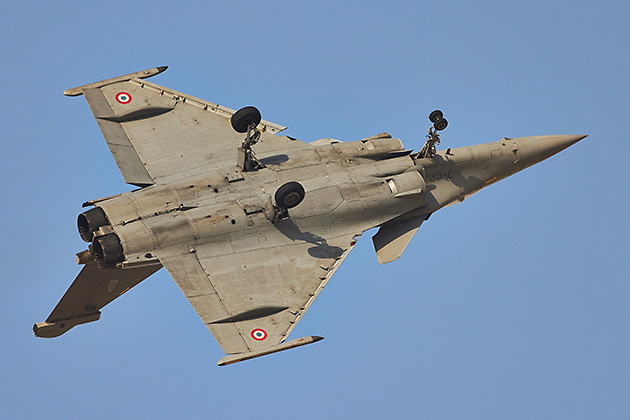
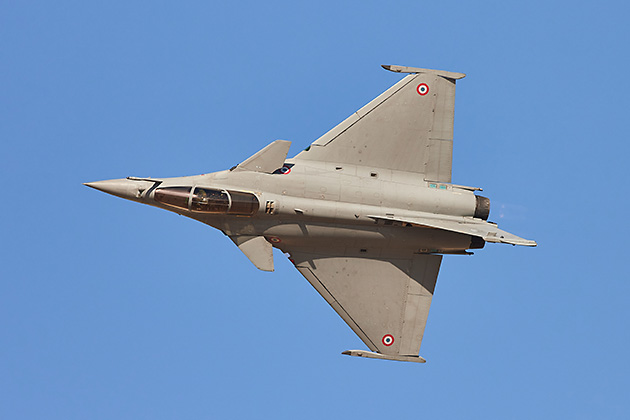
The fighter that met the greatest success at the show was actually the Dassault RAFALE. Although the jet is only a fourth-generation fighter aircraft (no stealth, no internal weapons storage), Dassault obviously made a strong impression on potential buyers, as the UAE agreed to buy 80 jets two weeks after the Dubai show in a deal worth $18 billion USD. Walking around the exhibition hall, it was easy to find yourself in the way of government and military dignitaries conducting business, a fact that was made very apparent to me when I almost got between the representatives from Dassault and Indonesia ahead of their Rafale discussion. Once again a strong connection was obviously made as Indonesia also agreed to purchase 42 Rafale jets a short time after their meeting. I had better luck outside on the flight line at the Dassault chalet, where I had the pleasure to sit down with the current and former pilots of the French Air Force Rafale Solo Display Team ahead of the performance on Wednesday. The two pilots were at different periods in their four-year commitment, with Captain Sebastien ‘Babouc’ Nativel, the demo pilot for the 2018 and 2019 seasons finishing his term as team coach. Captain Jerome ‘Schuss’ Thoule was flying his final show in Dubai after two years as the display pilot, and would transition in 2022 to coach the new display pilot for the next two seasons. It was special watching Schuss fly in Athens and again in Dubai as his high energy routine is one of the best I have ever enjoyed.
EDGE also announced a partnership with Israel Aerospace Industries (IAI) on the final day of the show to jointly design unmanned vessels with a range of military and commercial applications
Shawn Clish
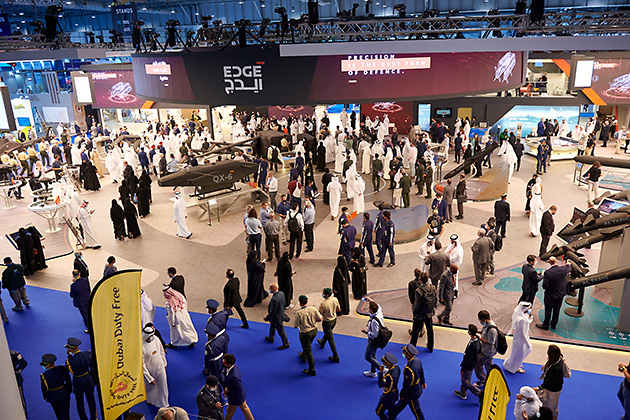
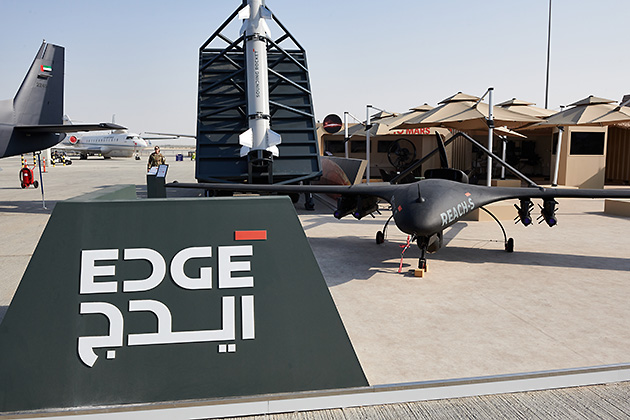
The UAE Air Force also provided solo displays from the F-16E and the Dassault Mirage 2000-9
Shawn Clish
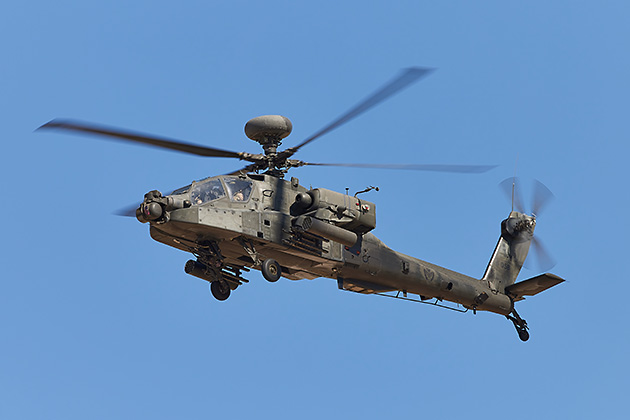
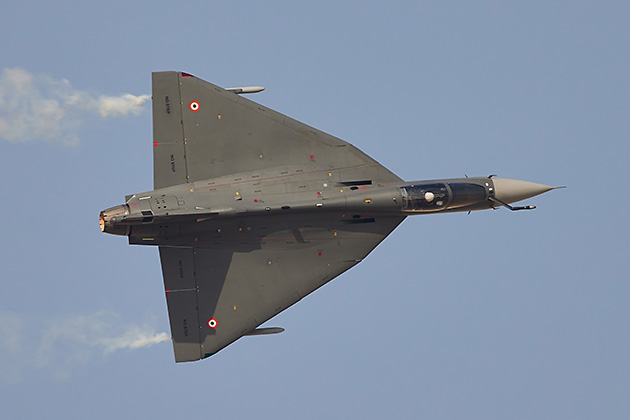
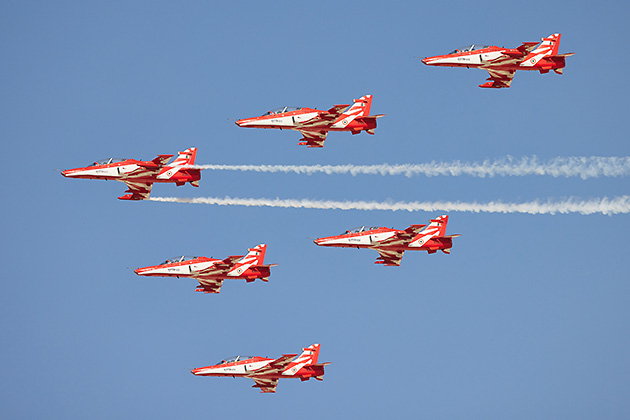
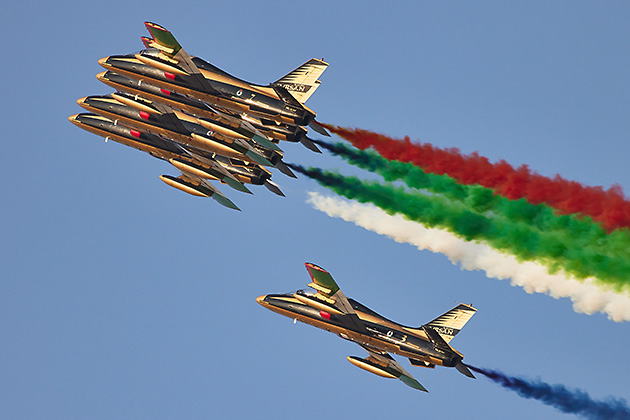
There were four formation aerobatic teams in attendance: Surya Kiran of the Indian Air Force flying eight BAE Systems HAWK Mk132, the Saudi Hawks of the Royal Saudi Air Force flying seven BAE Systems HAWK Mk65, the Russian Knights of the Russian Air Force flying six Sukhoi Su-30SM FLANKER-H, and Al Fursan of the UAE Air Force flying seven Aermacchi MB-339NAT. The two Hawk display teams were good and the Russian Knights were a treat as they are extremely rare at events I attend which added a special level of interest watching them perform. Surprisingly, the most impressive display belonged to the Al Fursan team. Their maneuvers were precise, they kept a constant show in front of the crowd, their golden jets sparkled in the late afternoon sun and although their smoke was extra thick and therefore problematic for photography, it added an interesting element to their performance, especially the black smoke.
The Dubai Airshow was exceptional. 120,000 visitors, 1,200 exhibitors, 148 countries, 160 aircraft on display, and more than $78 billion USD worth of deals were announced over the five-day event. These don’t include personal highlights like being able to attend the Dubai Expo (there was a direct shuttle bus from the airshow) and the incredible lunch I enjoyed as a guest at the Lockheed Martin chalet. The show was looked upon by the devastated aviation industry as an opportunity to emerge from the shadow of the last two years and build towards a brighter future. While there is still a long way to go before a return to pre-pandemic levels, the Dubai Airshow provided a wonderful opportunity to kick start the recovery of the global aviation sector with record numbers of attendees and aircraft sales. It was a pleasure to be one of those people as both my hobby and profession depend on the strength of this recovery.
Shawn Clish / CHK6

